

begun 1064
The city of Caen first became important under the Norman dukes in the 10th and 11th centuries and was the capital of lower Normandy under William I. William I the Conqueror and his wife Matilda founded two monastic communities in Caen, the Abbaye-aux-Hommes (dedicated to St. Stephen) for men and the Abbaye-aux-Dames for women. Both churches, associated with the respective monasteries, are good examples of Norman Romanesque architecture. The severe facade of Saint Étienne is logical and clear. Buttresses, which run the height of the facade, break the wall into three bays just as the small string courses divide the front horizontally and mark internal stories. The tall towers of the facade are a Gothic addition.The front facade | ||
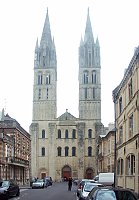
|

|
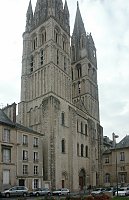
|
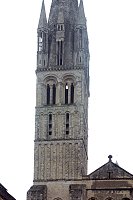
|

|
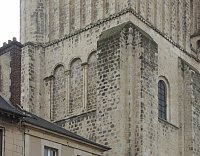
|
Transept and nave wall |
||
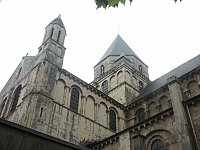
|

|
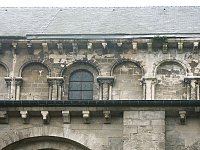
|
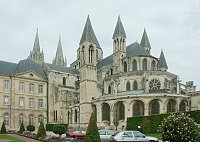
|
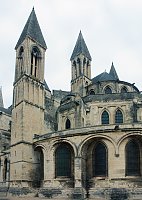
|
The Gothic choirThe Romanesque apse was enlarged to add an ambulatory and radiating chapels. |
Crossing tower and spires from the eastThe spires are a 13th century addition and have slight variations in details of decoration. Note the somewhat heavier appearance and the zig zag moldings of the south tower (on the left in this rear view). |
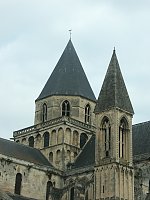
|
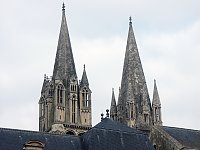
|
 Click here to return to index of art historical sites.
Click here to return to index of art historical sites.
 Click here to return to index of artists and architects.
Click here to return to index of artists and architects.
 Click here to return to chronological index.
Click here to return to chronological index.
